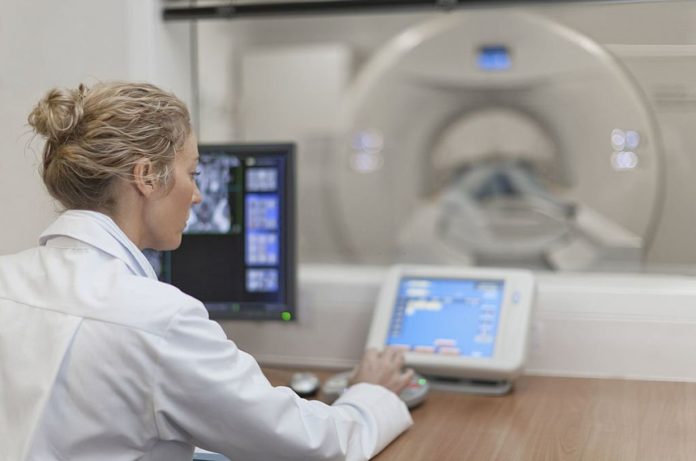Researchers from Australia and New Zealand have discovered that MRI scans are more effective at detecting prostate cancer than the more recent, prostate-specific -PSMA PET/CT scanning method.
The results are being presented today in Amsterdam at the EAU22 annual congress of the European Association of Urology.
In 2020, the US FDA authorized prostate-specific membrane antigen (PSMA) PET/CT scans, which use a radioactive dye to ‘light up’ PSMA, which is present on the surface of prostate cancer cells.
As they can precisely gauge the disease’s course or return, they are being used to manage prostate cancer. So, in this trial, the researchers wanted to see if they could also be used to diagnose prostate cancer.
The PEDAL experiment enrolled 240 patients at risk of prostate cancer from five hospital groups. Both an MRI scan and a PSMA PET/CT scan were performed on each patient. If imaging revealed the existence of prostate cancer, the patient’s urologist performed a biopsy.
The MRI scans revealed abnormalities in 141 patients, while the PSMA PET/CT scans revealed abnormalities in 198. A prostate biopsy was performed on a total of 181 patients (75%) and 82 of those patients had prostate cancer that was clinically serious.
Since each patient underwent both types of scans, researchers were able to determine which method detected prostate cancer patients more accurately. The researchers discovered that MRI scans were substantially more accurate than PSMA PET scans at identifying any grade of prostate cancer (0.75 percent for MRI vs 0.62 percent for PSMA PET).
The study was led by Associate Professor Lih-Ming Wong, Consultant Uro-oncologist at St. Vincent’s Hospital in Melbourne, Australia. As explained by him: “Our analysis found that MRI scans were better than PSMA-PET for detecting any grade of prostate cancer.
When we looked only at clinically significant prostate cancers, there was no difference in accuracy. As this study is one of the first to explore using PSMA-PET to diagnose cancer within the prostate, we are still learning and adjusting how to improve using PSMA-PET in this setting.”
Although detection thresholds will be fine-tuned as diagnostic use evolves, Professor Wong feels the trial will teach clinicians valuable lessons.
The findings of the study confirmed “that the existing ‘gold standard’ of pre-biopsy detection – the MRI – is indeed a high benchmark. Even with fine-tuning, we suspect PSMA PET/CT won’t replace the MRI as the main method of prostate cancer detection,” said the author, adding, “But it will likely have application in the future as an adjunct to the MRI, or for people for whom an MRI is unsuitable, or as a single combined “diagnostic and staging” scan for appropriately selected patients.”
“This is why these types of robust studies,” according to him, “are crucial so we can better understand the part these technologies can play at every stage of the cancer journey, and progress the management of prostate cancer.”
“New diagnostic tools need to be tested as carefully as new drugs,” said Professor Peter Albers, Chair of the European Association of Urology’s Chief Scientific Office, “so we welcome the findings of this remarkable Phase III trial, which showed that MRI was superior in the detection of any prostate cancer.”
It also demonstrated that PSMA PET/CT was not inferior to MRI in the diagnosis of clinically important malignancies (ISUP 2 and higher); nevertheless, this is not the end of the tale because the ultimate purpose of primary staging is to identify only the most aggressive cancers and prevent pointless biopsies.
Although more study is required to fully understand the relationship between the PSMA PET/CT standard uptake value (SUV) and cancer aggressiveness, the initial steps toward determining the most effective diagnostic strategy for clinically relevant prostate cancer have already been made.
Image Credit: Getty
You were reading: MRI Scans Detect Prostate Cancer More Accurately Than New Imaging Technology
